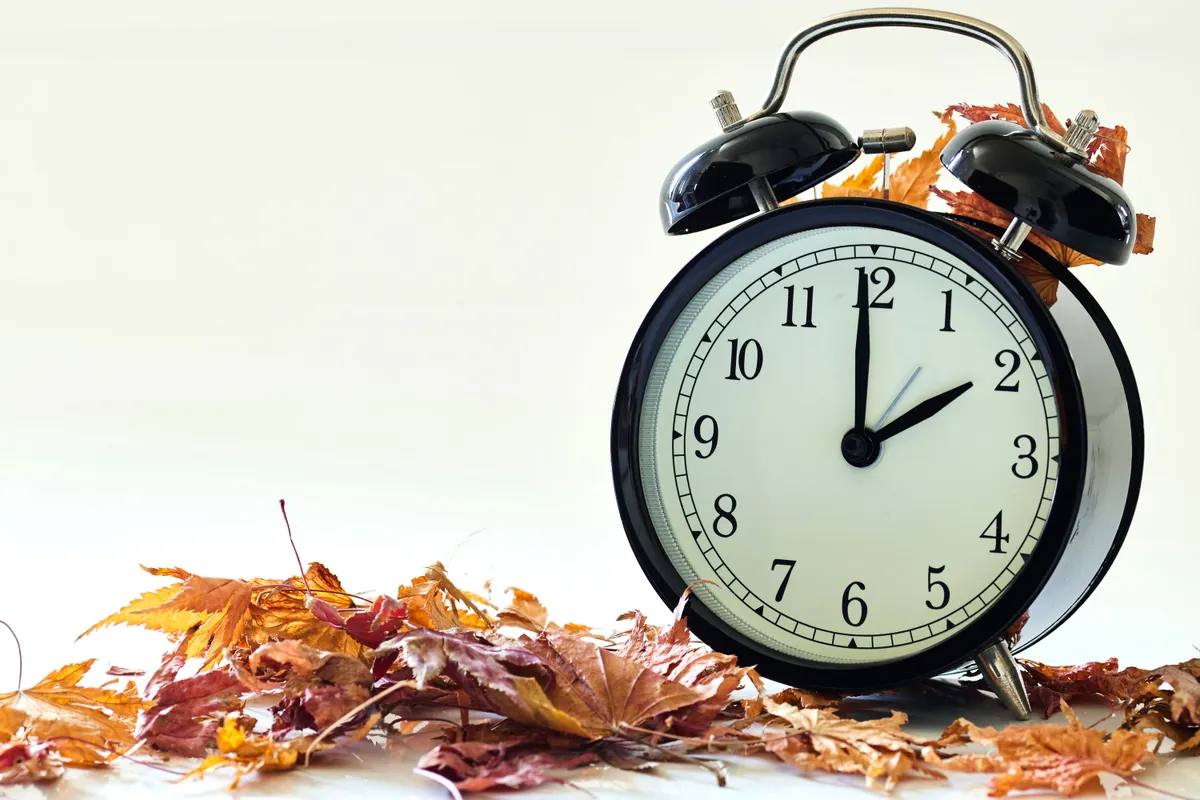As the heat of summer wanes, the first signs of autumn begin to appear across the British landscape. The autumn season is the season of firework displays of colour as leaves turn from green to yellow, red and brown. Temperatures cool and mushrooms appear in woods and meadows. But when does autumn start? And what are the very first signs to look out for?
The autumn months have their own quiet beauty. It's a wonderful time to visit popular nature spots that are usually crowded throughout the summer, such as Bannau Brycheiniog (formerly the Brecon Beacons), Yorkshire Dales, Scottish Highlands or the Lake District. But you don't have to go far to experience the signs of autumn in nature – simply head to your local woodland.
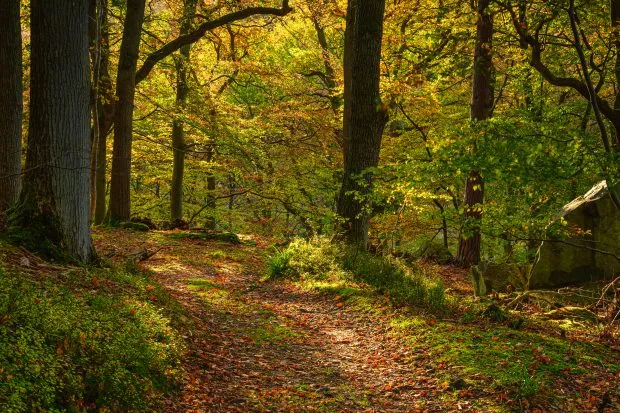
When does autumn start in the UK?
There are two definitions: one that is defined by the earth's axis and orbit around the sun; the other by meteorologists to give us a clean schedule of three-month-long seasons, based on our Gregorian calendar. Either way, autumn always begins in September.
- The meteorological version is the most well-known and defines autumn as running from 1 September until 30 November. This is followed by winter on 1 December.
- The astronomical version is a moveable date, which this year begins on 23 September and ends on 21 December 2023.
Daylight Saving Time UK: When do the clocks change and why do we change them?
What are the first signs of autumn?
1. Leaves changing colour
One of the first signs of autumn is the transition of the leaves on the trees from green to red, yellow, bronze and brown. In fact, these pigments already exist within the leaves – but longer daylight hours during spring and summer keeps the chlorophyll production going in the leaves, giving them their green colour. When days start to shorten, chlorophyll production slows down down, allowing the rusty autumn colours to have their moment in the spotlight.
You might also like:
- Best autumn walks in the UK
- Britain’s most spectacular autumn arboretums
- Best places in the UK to see autumn colours
Credit: Getty

Once the leaves start to turn, have some fun making autumn leaf tealight jars, or perhaps an autumnal wreath.

2. Wild mushrooms emerging
It's the season mushroom foragers have been waiting for – when all types of mushrooms start popping up in meadows and on woodland floors. If you're a first-time mushroomer, it's sensible to get hold of a decent mushroom ID book, or consult our online guide to British fungi to help you identify safely.
- British wild mushroom and fungi guide: how to identify and where to find
- Best mushroom gifts: 14 fun fungi present ideas
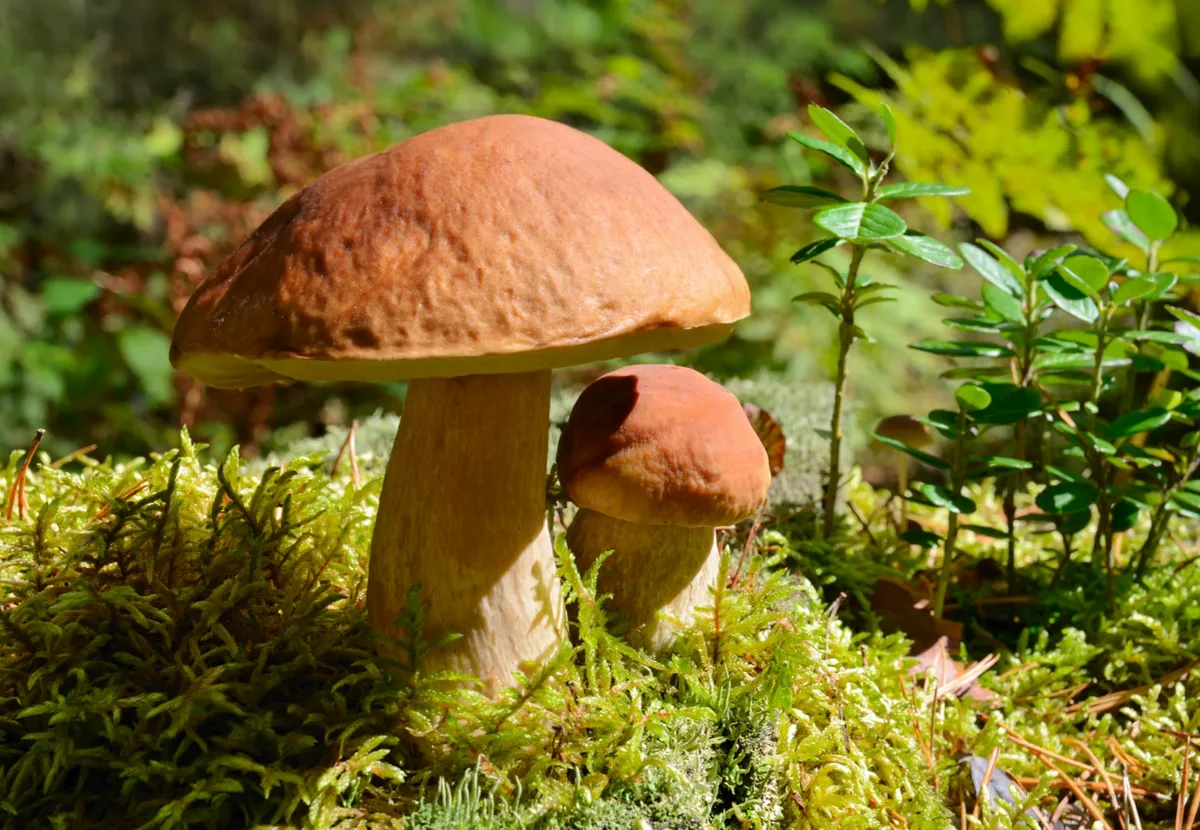
Of course, you don't have to go as far as picking mushrooms – simply admiring the fairytale beauty of a classic red-and-white-cap Fly Agaric mushroom (poisonous) is equally as magical as finding a giant puffball at the base of a tree. You just wouldn't ever fry it up in garlic butter.
Discover more recipes, guides, foraging tips and more.

3. Fruit for foraging
One of the greatest joys of autumn is the abundance of blackberries, elderberries, crab apples and other wild fruit that's available for some easy September foraging. When the berries begin to ripen, it's your chance to get ahead for Christmas by making delicious, syrupy sloe gin, elderberry wine, Cider and damson gin wassail and of course, cider.
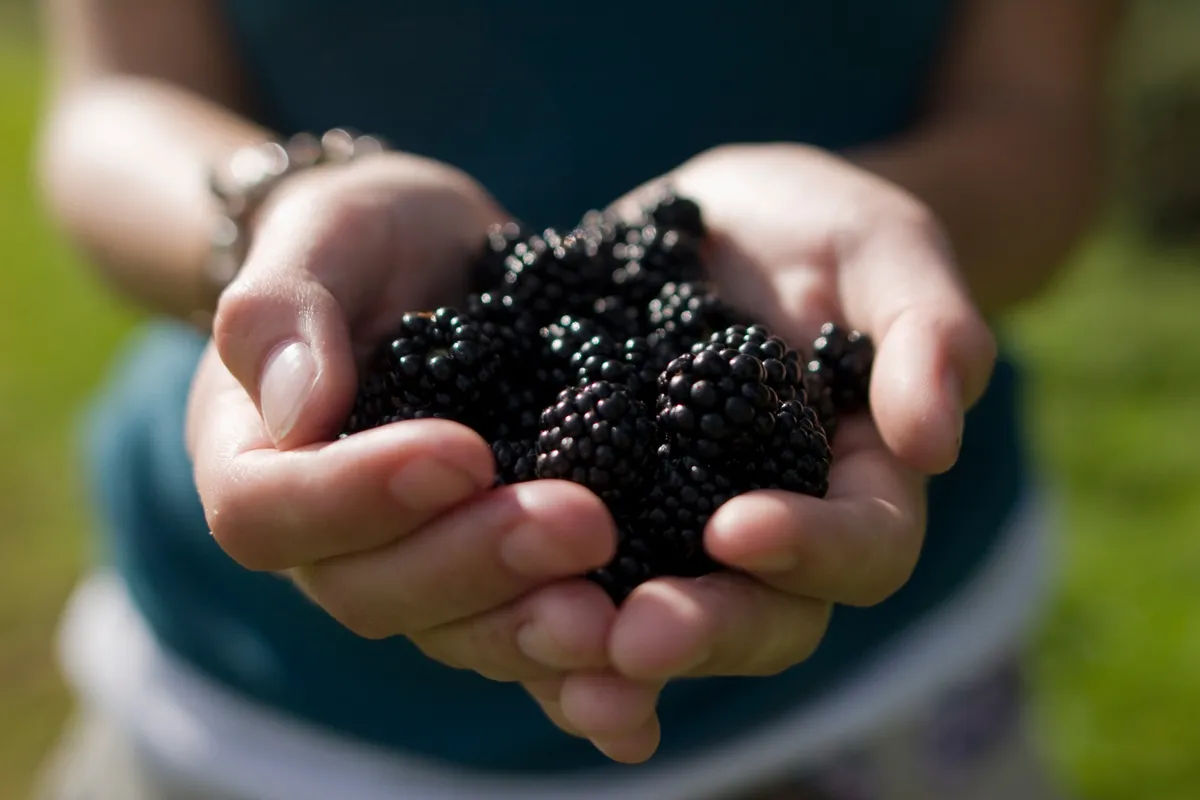
Whatever you're foraging for, be sure to leave some for wildlife. Foxes, badgers, insects and birds rely on wild foods to stock up their fat reserves, ensuring they can survive the cold winter months.
- September foraging guide: best foods to find and recipe ideas
- How to preserve autumn leaves and berries
- Crab apple guide: how to identify, when to pick and crab apple recipes
4. Migratory birds
If you're lucky enough to have enjoyed the presence of swifts and swallows, or even cuckoos and nightingales, you may notice them slowly disappearing from your local environment. That's because this is the time when they leave our shores to make the weeks-long journey to Southern Africa.
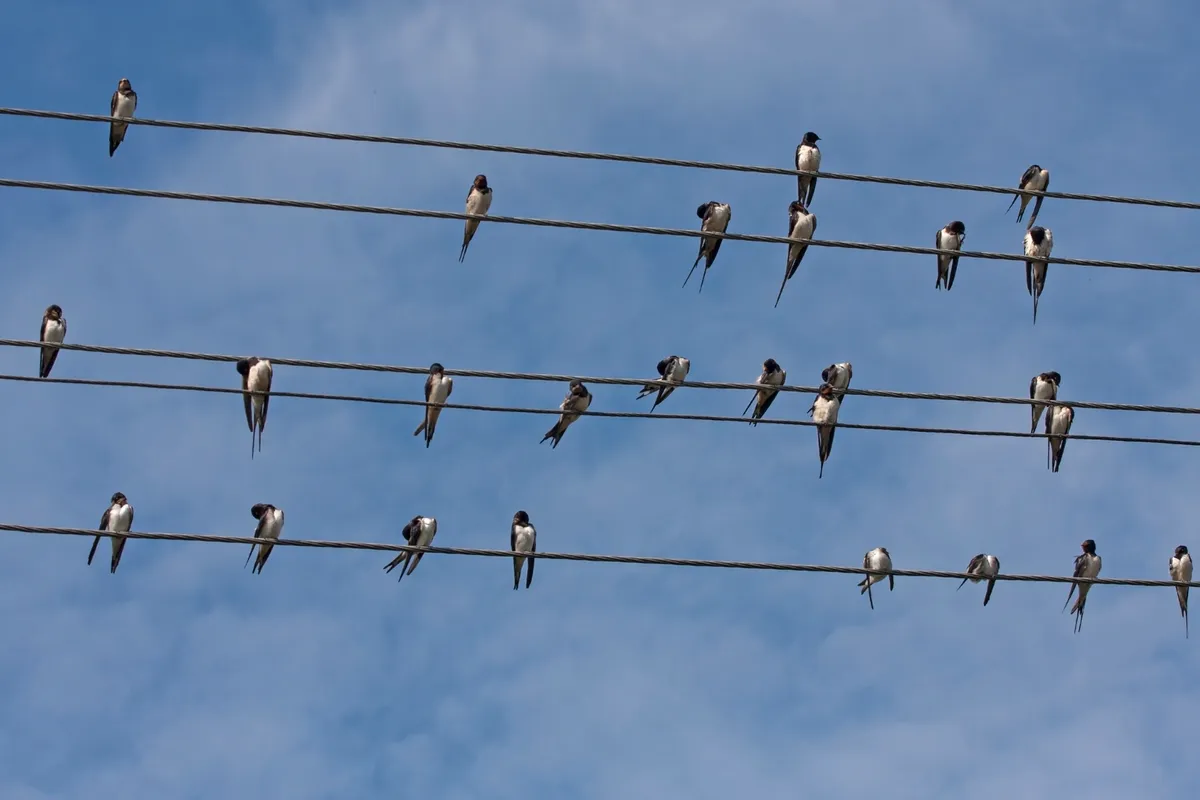
But as we say goodbye to swallows and swifts, we say hello to fieldfares, redwings, Canada geese and other much-loved birds who choose to overwinter here.
- Bird migration guide: which species migrate and where do they go?
- How to feed birds that migrate to Britain for the winter
5. Flowering ivy
Sticky yellow ivy flowers bloom in the autumn and are one of the only plants to do so. It produces a very distinctive smell, which is not exactly pleasant to humans, but absolutely crucial to insects. Wasps, butterflies and moth larvae rely on its nectar sugar for survival at this time of year, along with rare insects such as the golden hoverfly.
Ivy bushes can provide shelter for bats, insects, small birds and other creatures, and from November to December the flowers turn to berries and become a food source for birds such as thrushes, blackcaps, woodpigeons and blackbirds. It's very important for many creatures before they go into hibernation.
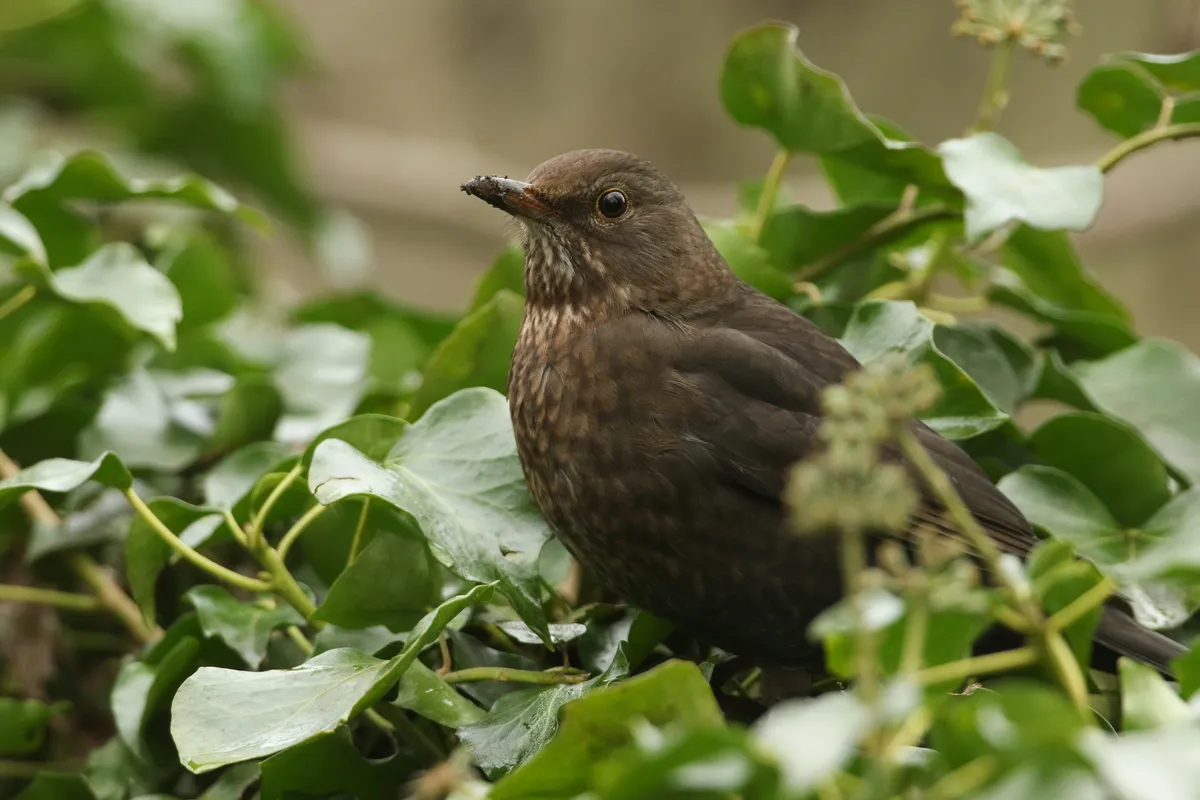
- Christmas crafts: How to make a natural Christmas table decoration
- Christmas craft: How to make a natural Christmas garland
6. Deers rutting
The haunting bark of a rutting stag is an unforgettable experience, made even more precious by the fact that you can only hear it from a 7-10 day period during October. While it's not the first sign of autumn, it is certainly one that means the season is well underway, as the stags compete for territory and females.
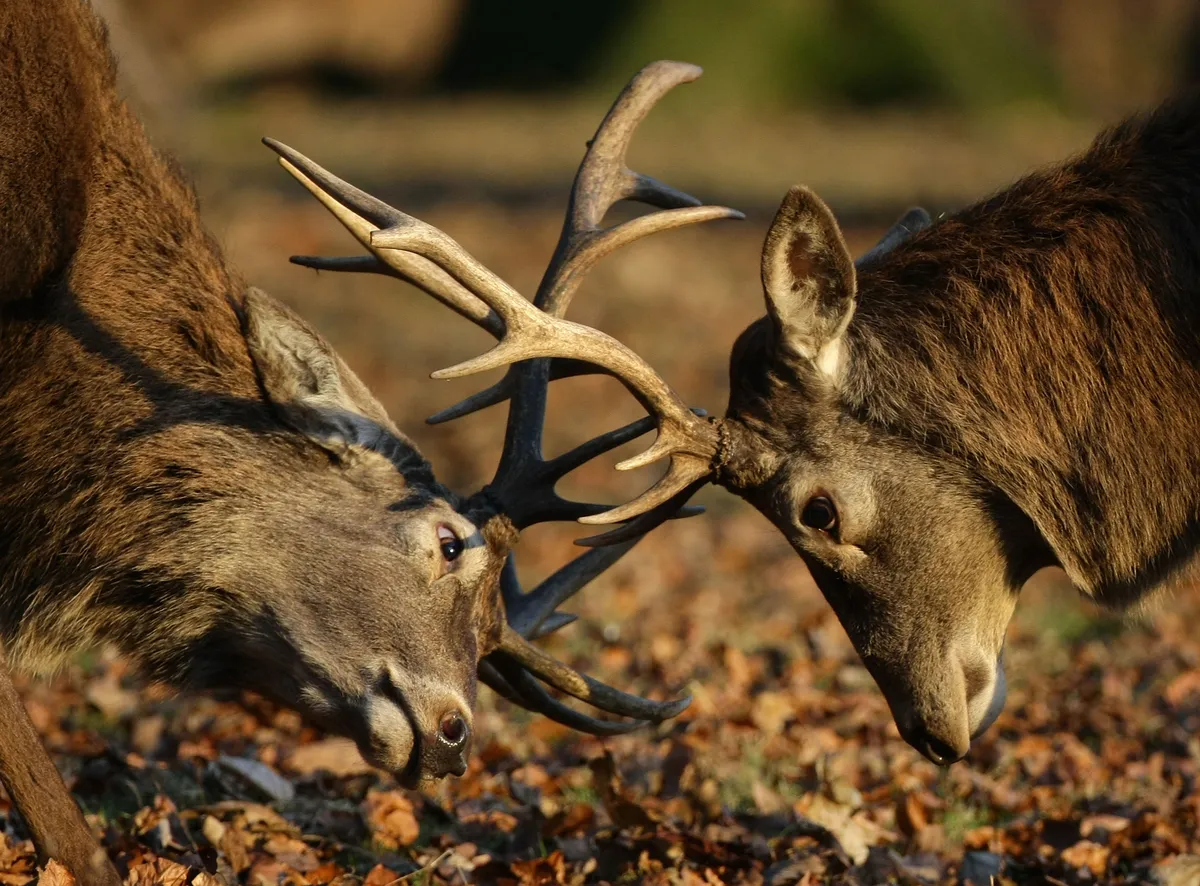
- Best places in the UK to see the magnificent autumn deer rut
- British deer guide: how to identify and best places to see
- Deer culling in Britain: what's the problem and why are deer culled?
7. Falling seeds and nuts
Who hasn't played with conkers at some point in their lives? Horse chestnuts, hazels, walnuts, field maple seeds, beech nuts… they're all yours for the taking, as long as you forage responsibly and leave a good portion for wildlife.
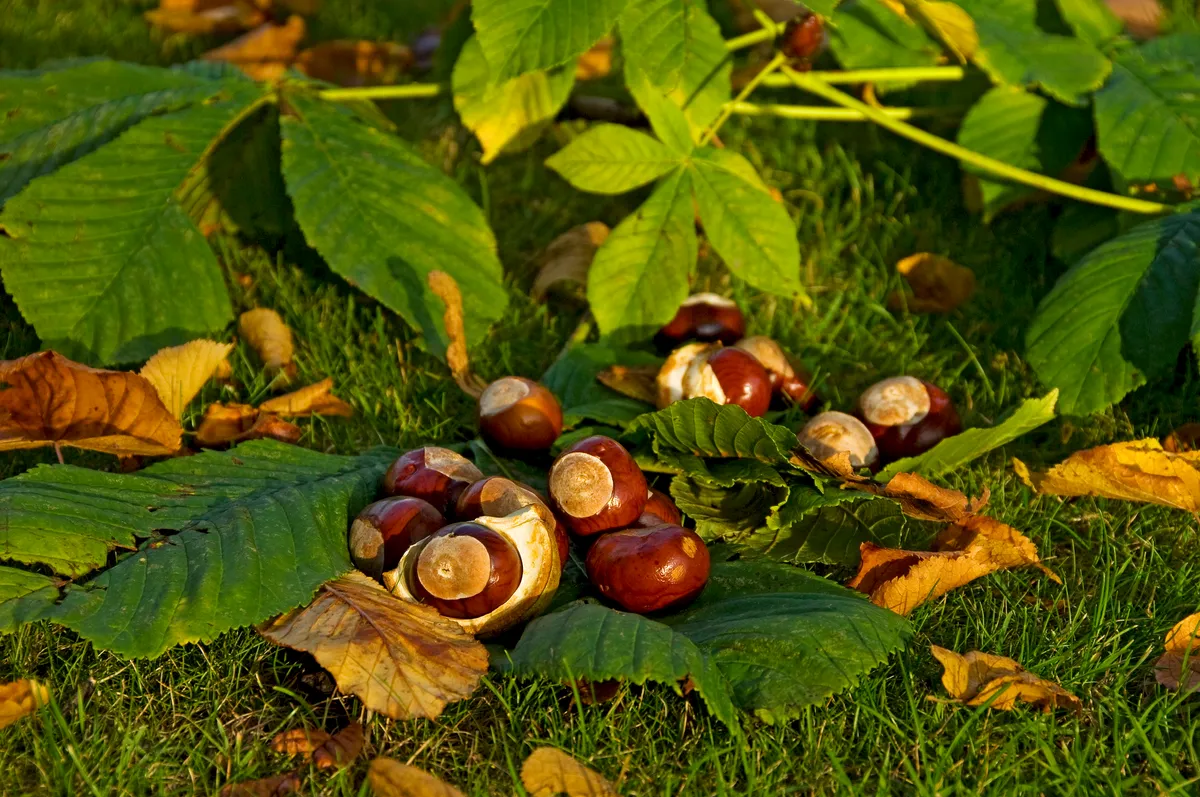
8. Harvest Moon
It's a truly magnificent sight, the harvest moon, and it catches many of us by surprise as we're driving home one evening, or simply glancing out at a fortuitous time. This is the full moon closest to the September equinox, and is so named because historically it gave farmers more light in which to bring in the crops. It hangs low, large and often red, for several days in a row.
Why not make 2023 the exception and put it in the diary? The harvest moon in 2023 occurs on 29 September.
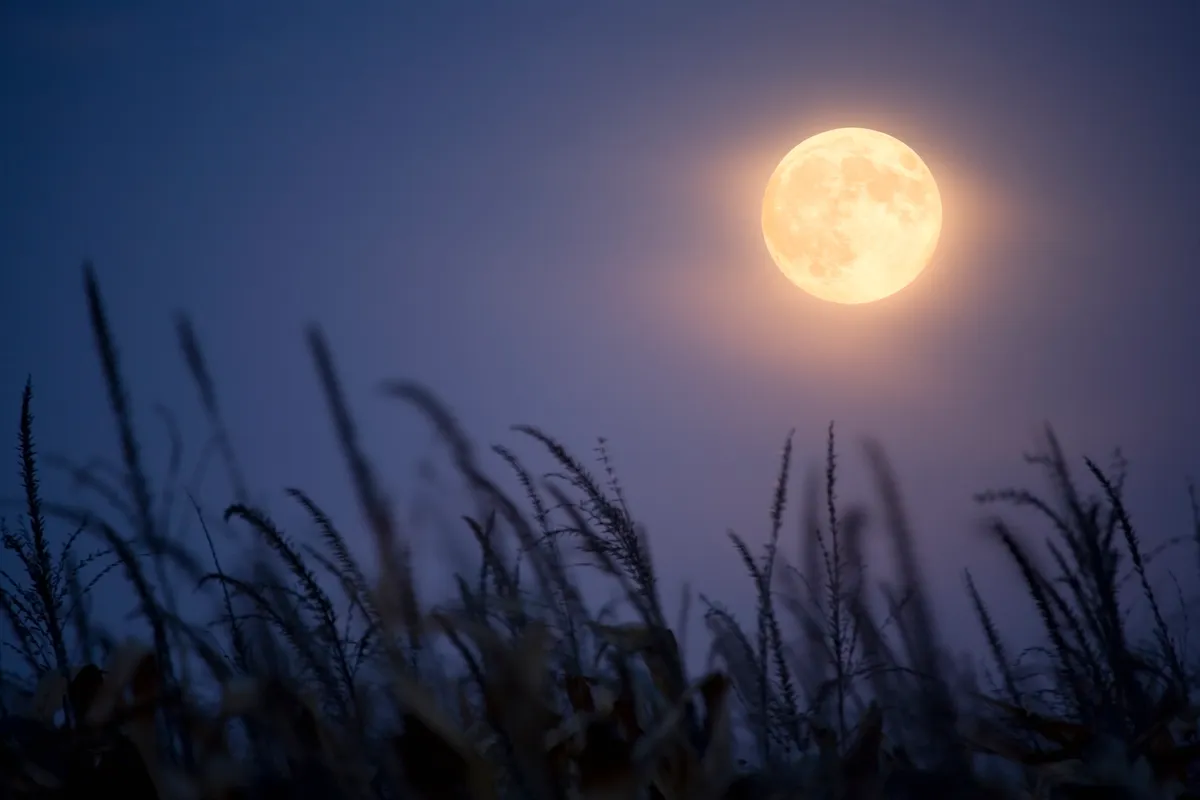
- Natural phenomena to spot in autumn
- Guide to the British harvest season: history and traditions
- Stargazing guide: Britain’s dark sky sites, best places to stargaze, plus how to get started
When do the clocks go back in 2023?
As the saying goes, 'spring forward, fall back' – which makes more sense in the US but is still helpful to us over here. The clocks go back one hour on Sunday 29 October, giving us all an extra hour in bed.
